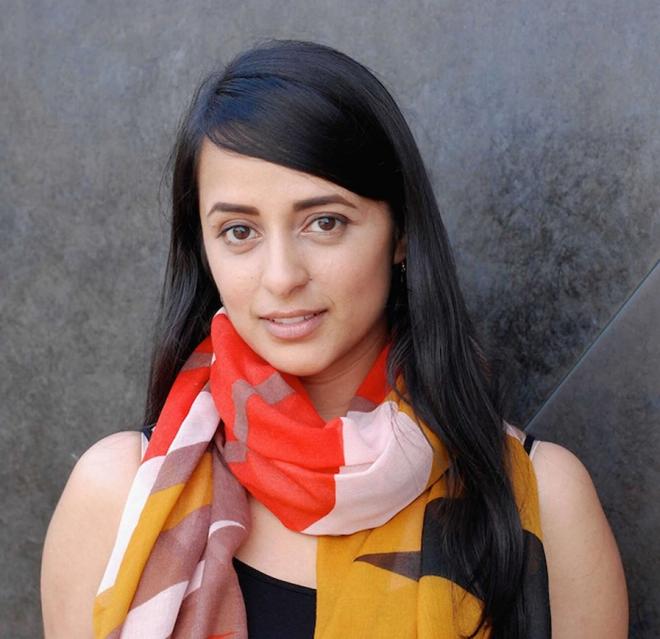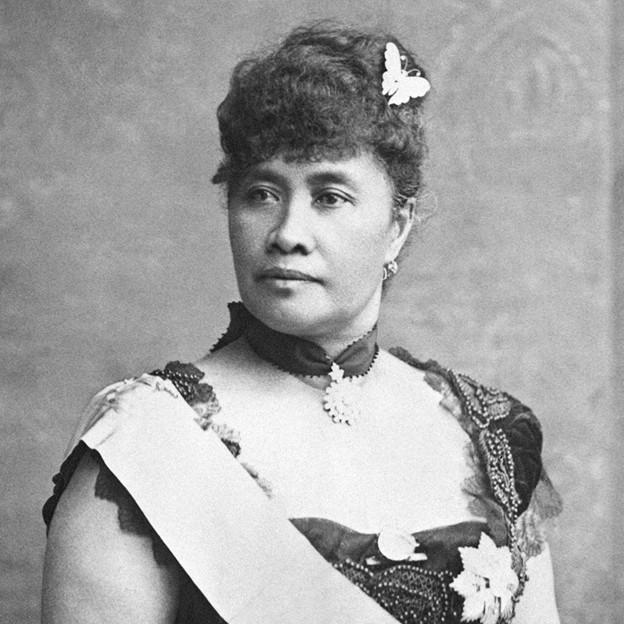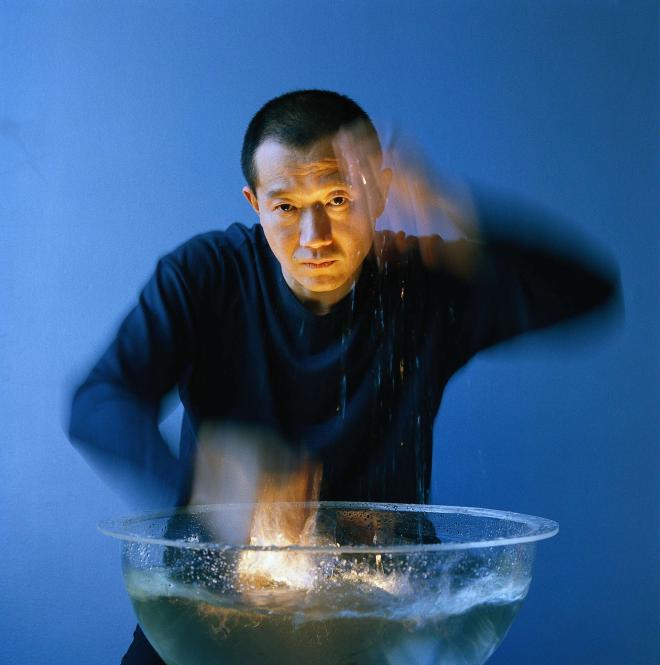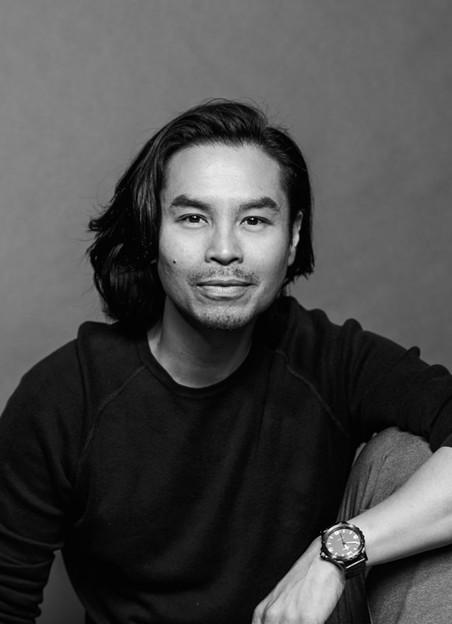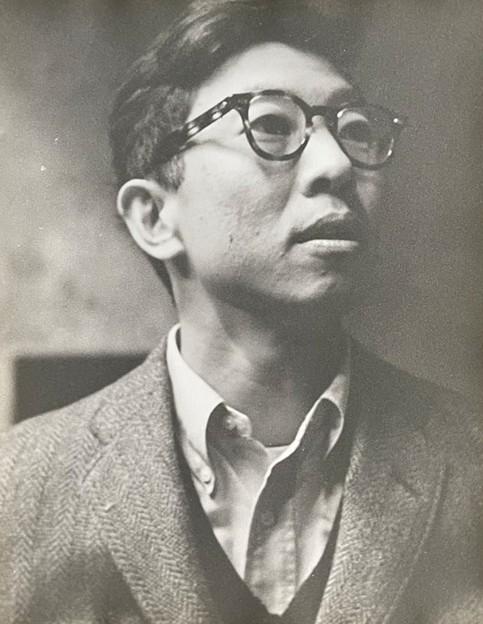This month we celebrate the important role that Asian Americans, Native Hawaiians, and Pacific Islanders have played in our nation's history with 5 composers should know if you don’t already. And of course, refer to last year's blog for 5 more composers as well.
Reena Esmail
Reena Esmail (1983) is an Indian-American composer who works between the worlds of Indian and Western classical music. She has been profiled on PBS Great Performances, has been commissioned by ensembles like the Baltimore Symphony Orchestra and Kronos Quartet, and received a Fulbright-Nehru grant. Her music is performed often in the DC area by groups like the 21st Century Consort. I think you will love her Piano Trio and The Love Between Us, which brings together several musical ideas and religions.
In an interview with the National Endowment for the Arts, Esmail said:
“The mission statement of my work in general is that I use my platform as a composer to bring people together to begin to have conversations. I bring people together who are very unlikely to interact with one another outside of a piece of music that I would create, but that music allows them to really form a bond with each other where then deeper conversations can be had and relationships can be built. As a composer I see my work in one way as writing notes on a page and trying to get harmonies and melodies to work out with each other. But in a much broader sense, I see my work as bringing people together, and that comes very much from my own background in the sense that I'm always both the insider and the outsider.”
Queen Lili’uokalani
Lili’uokalani (1838-1917) was a composer and Queen of the Hawaiin Islands who reigned from 1891 until 1893 when a group of Americans overthrew the Kingdom of Hawaii with support from United States military troops to maintain their sugar industry dominance. Queen Lili’uokalani abdicated her thrown while imprisoned in 1895, and it was also during this time that continued to compose.
"At first I had no instrument, and had to transcribe the notes by voice alone; but I found, notwithstanding disadvantages, great consolation in composing, and transcribed a number of songs. Three found their way from my prison to the city of Chicago, where they were printed, among them the 'Aloha ʻOe' or 'Farewell to Thee', which became a very popular song."
She understood the power of music, she wrote songs about the people of Hawaii, the country, and even politics. Her compositions helped preserve elements of Hawai’i’s traditional poetry and culture in her songs. You already know some of her songs, but we also have a wonderful album of string quartet arrangements that are simply lovely.
Tan Dun
Tan Dun (1957) is a Chinese-born American composer and conductor whose music we’ve heard in film (Crouching Tiger, Hidden Dragon, 2020), opera (Marco Polo, 1996), and the concert hall stage (Concerto for Orchestra). He moved to New York City in 1986 to study at Columbia University and today is the Dean of the Bard College Conservatory of Music. His music is varied, I especially like how he is able to build up unique sounds up over time that result in orchestral textures and sounds I’ve never heard before (Orchestral Theater, 1990).
In an interview with EasternKicks.com:
‘Taking Western instruments and creating all types of sounds, for me, is very important. For example, like the gesture of plucking a string, an echo of that plucking sound. Think of the Indian sitar – after you created the sound, the ringing seemingly goes on forever when the player uses vibrato on the fingerboard. People often neglect the continuation of sound, but in Chinese and Indian music that is essential.’
Among others included in the playlist, you must listen to his Concerto for Water Percussion and Orchestra in memory of Toru Takemitsu. Yes, a concerto for percussion and the instrument is water!
Nilo Alcala
Nico Alcala (1978) as a Filipino-American composer who is especially known for his choral writing and has been widely commissioned.
I freely admit that while I have played with several choral groups in the DC area, choral music isn’t something I am intimately familiar with compared to orchestral or chamber music. But when I listen to Alcala’s music, I am instantly transported to another musical plane! Using the full range and capabilities of the human voice, he creates textures I haven’t heard before, on which other lines are sung (like in Sa Silong Ng Langit) or feel like they float in space. Repeated rhythmic elements, percussion sounds (like in Suk Suk Fegesuk), long angelic lines, and a sound that constantly unfolds is something I hear in his album Onomatopoeia, which of course includes writing using onomatopoeia. In an interview on this with the International Choral Bulletin he said:
“A large number of my choral works are based on or inspired by chants from various regions of the Philippines. The main use of onomatopoeia in my choral works is to imitate the instrumental soundscape of the region where a specific chant is from. So for me, onomatopoeia does NOT replace an actual language but works side-by-side a specific dialect... onomatopoeia comes up once in a while in every-day conversation, when one is describing certain situations that involve sound. In my music, it is usually to imitate the musical instruments of a certain region where I got a specific chant from.”
Earl Kim
Earl Kim (1920-1998) was an American composer of Korean descent. He comes from humble musical beginnings; his parents didn’t play instruments and his first piano lessons were free from a local church organist. He had a prolific career, and taught at UC Berkeley (1949), Princeton University (1952-1967), and Harvard University (1967-1990).
One focus of his work involved writing music on texts by Samuel Beckett, most notable among these is Exercises en Route (1963-70).
Something I hear in his music is his use of space between notes or segments, sometimes it’s “pointillistic” and other times it isn’t. But it sounds to me he is using silence and the space in between to fully express what’s being played, and it isn’t always done in a way that lets the music or moment settle either.
When asked by Bruce Duffie (WNIB) in 1995 about his use of voice:
“...I happen to like the human voice because for me it is perhaps the most expressive, direct means of communication. There’s no intervention of other things, although it can be combined, of course, with other instruments. That’s one thing. The other thing is that I’m very fond of texts, of words, of poetry as a sort of a secondary passion of mine. So it’s quite natural that I’d want to combine the two.”
PBS PASSPORT
Stream tens of thousands of hours of your PBS and local favorites with WETA+ and PBS Passport whenever and wherever you want. Catch up on a single episode or binge-watch full seasons before they air on TV.
